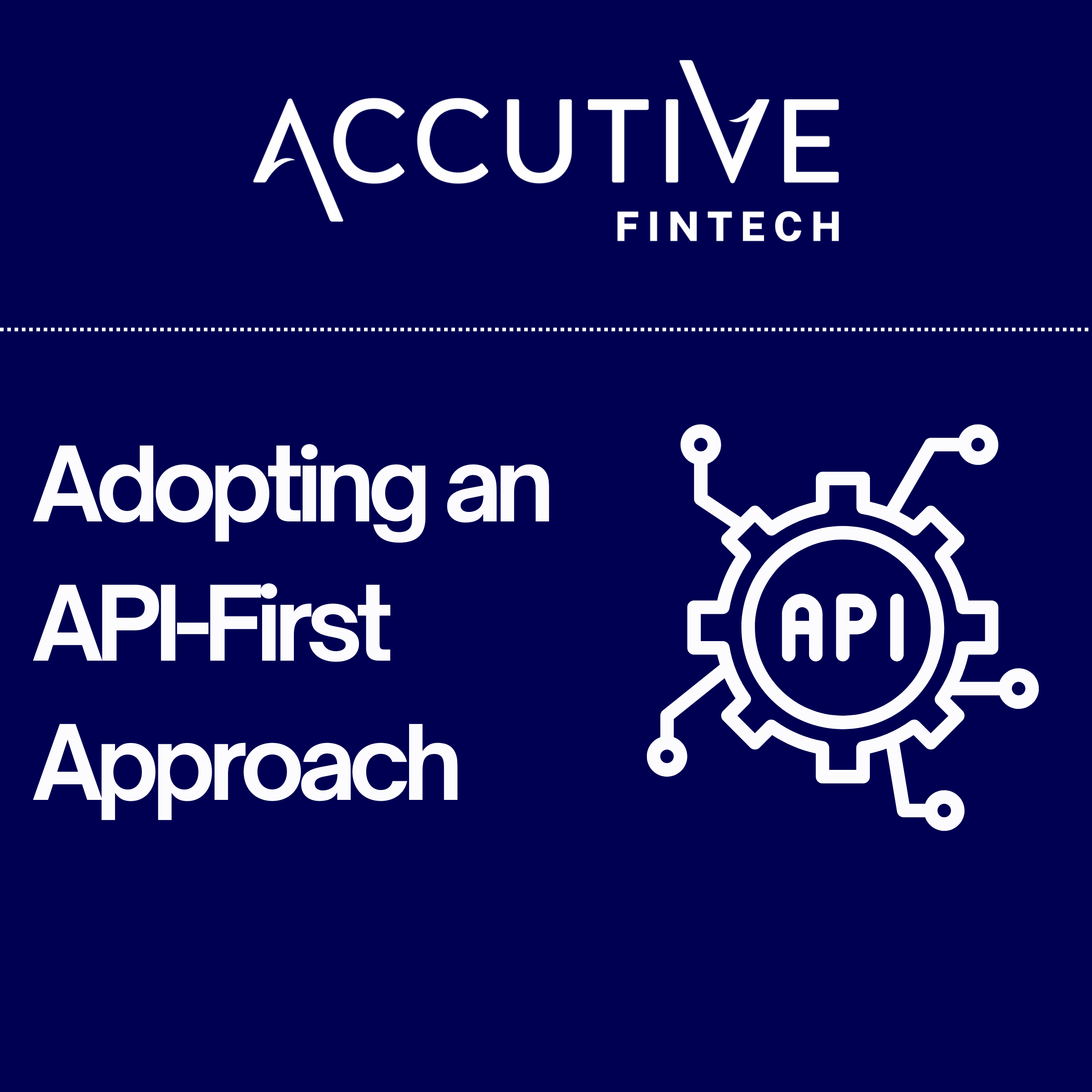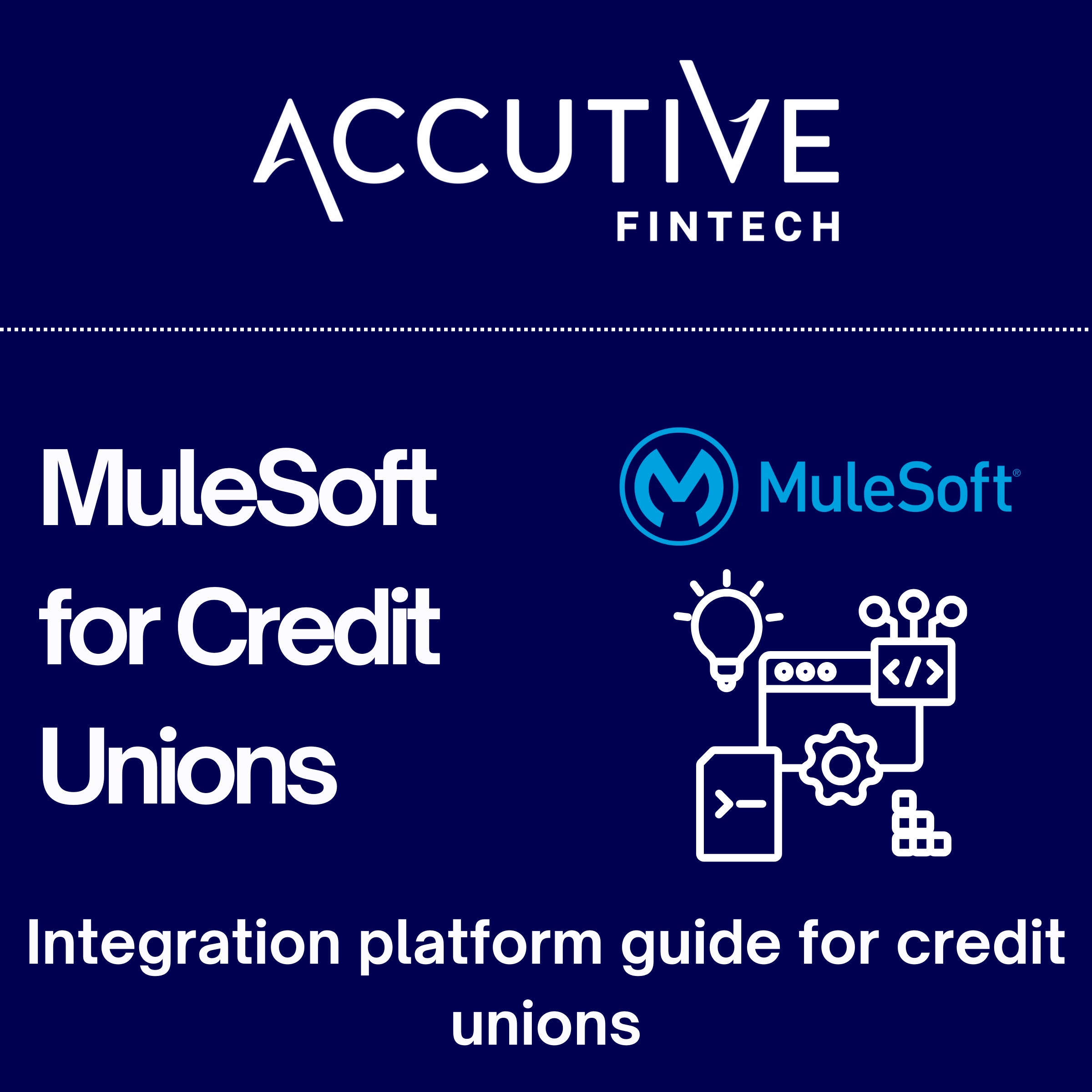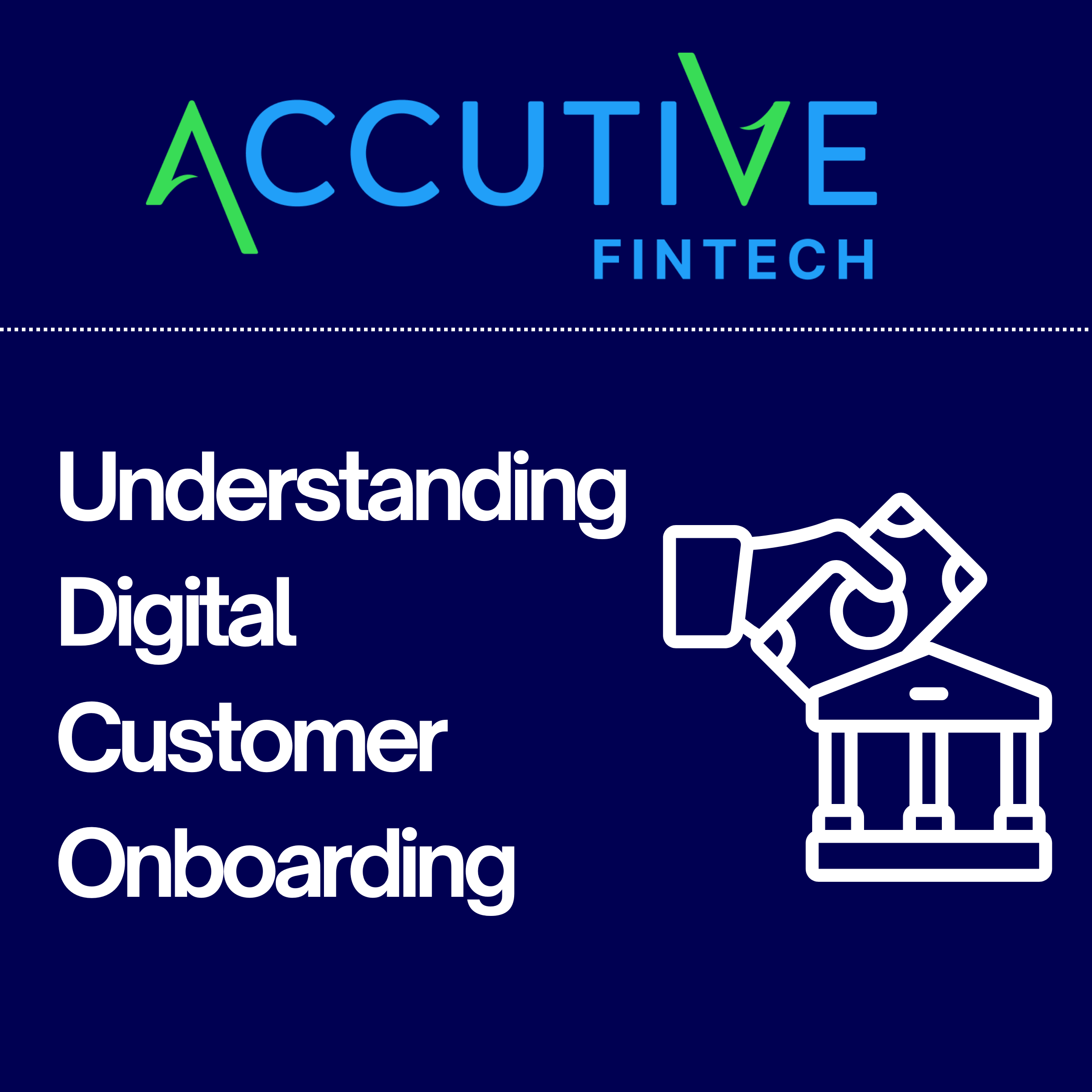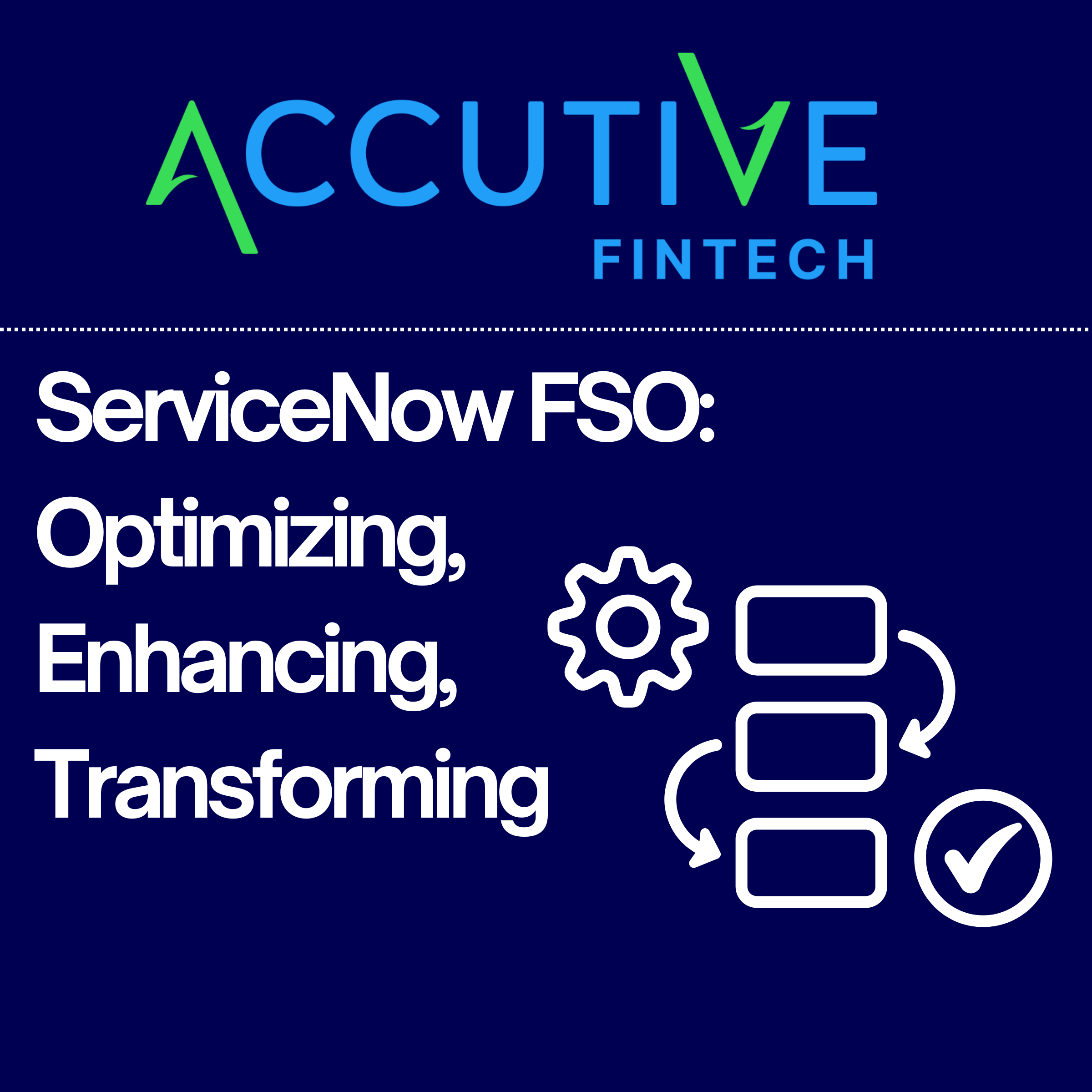APIs are the link that enables communication between different applications across your entire digital ecosystem. The importance of APIs has been growing for years, and have reached a point where many financial institutions are centering APIs in their development processes. An approach called API-First Development is rapidly gaining in popularity among North American banks, credit unions, and other financial institutions.
What is API-First Development?
An API-first approach is a development strategy that prioritizes the creation and use of APIs before building other components of an application. This means that the API is designed and developed first, and then the application is built around it. This contrasts with traditional development methods, where APIs are often created as an afterthought, resulting in potential integration challenges and inefficiencies. Simply put, API First development helps ensure that your systems are well integrated, while promoting efficient DevOps practices.
Key Principles of API-First Approach
- API Design as the Foundation: In an API-first approach, the API is the foundation upon which the entire application is built. This involves careful planning and design to ensure the API meets the needs of all stakeholders, including developers, partners, and end-users.
- Consistency and Reusability: APIs are designed to be consistent and reusable across different projects and applications. This standardization simplifies integration, reduces development time, and enhances the scalability of solutions.
- Collaboration and Documentation: An API-first approach emphasizes collaboration between development teams, business stakeholders, and external partners. Comprehensive documentation is crucial to ensure everyone understands how to use the API effectively.
- Test-Driven Development: APIs are tested rigorously from the outset to identify and resolve issues early in the development process. This helps maintain high-quality standards and reduces the risk of costly errors later on.
What are the benefits of an API-First Approach?
As alluded to above, an API-First approach has several benefits for your financial institution compared with the traditional development approach.
- Faster Time to Market: By focusing on APIs first, development teams can work in parallel on different components of the application, significantly speeding up the overall development process.
- Enhanced Flexibility and Scalability: APIs designed for reusability and consistency enable businesses to quickly adapt to changing market demands and scale their operations efficiently.
- Improved Integration: With APIs at the core, integrating with third-party services, platforms, and applications becomes seamless, facilitating a more connected and cohesive ecosystem.
- Better Developer Experience: Well-designed APIs with comprehensive documentation make it easier for developers to understand and implement them, fostering innovation and reducing development friction.
Adopting API-First development provides your financial institution with key advantages such as a more seamless integration framework, faster development cycles, and an improved ability to scale your tech stack for continued alignment with your business needs.
Tying it together: Getting Started with API-First Development
By placing APIs at the core of your development process, you can achieve greater efficiency, collaboration, and alignment with business goals. Leveraging an Integration Platform as a Service (iPaaS) solution such as MuleSoft can accelerate your API integration practice, and provide valuable tools for easier API management. At this point, you may wondering how to get started with API-First Development – here are some sample steps that we typically take with our clients to center APIs at the heart of their development processes.
Step 1: Defining Your API Strategy
- Identify Business Needs: Begin by understanding the business requirements and objectives that your API needs to fulfill. Engage with stakeholders to gather insights and define clear goals.
- Establish API Governance: This critical, albeit often overlooked step enables you to create guidelines and standards for API development, including naming conventions, versioning, and security policies. Accutive FinTech specializes in developing tailored API Governance frameworks to ensure that our clients have consistency and quality across their entire API portfolio.
Step 2: API Design with RAML
- Create a RAML Definition: Use RESTful API Modeling Language (RAML) to design your API. Define endpoints, methods, parameters, and data structures. RAML provides a structured approach to API design, making it easier to share and collaborate on the API model.
- Collaborate with Stakeholders: Share the RAML definition with business and technical stakeholders for feedback. Ensure that the API design meets both functional and non-functional requirements.
Step 3: API Mocking
- Generate API Mocks: Use tools like MuleSoft’s Anypoint Design Center to create API mocks that be tested through Anypoint Exchange.
- Develop in Parallel: With the API mocks in place, different teams (frontend, backend, QA) can work simultaneously, building tests, client applications, and server implementations.
Step 4: API Implementation
- Generate Server-Side Code: Leverage MuleSoft’s Anypoint Platform to automatically generate server-side code from your RAML definition. This ensures consistency between the API design and its implementation.
- Develop and Integrate: Implement the API logic and integrate it with backend systems. Follow best practices for coding, security, and performance optimization.
- MUnit Testing: MuleSoft’s fully functional application testing framework with a full suite of integration and unit testing capabilities.
Step 5: API Testing and Validation
- Create a Test Framework: Use SoapUI, the most widely used API testing tool, to develop and execute a comprehensive test framework. Conduct functional, performance, and security testing to ensure the API meets quality standards.
- Run Automated Tests: Integrate your tests into a Continuous Integration (CI) pipeline to automatically run tests with each code change. This helps maintain API stability and reliability.
Step 6: API Deployment and Monitoring
- Continuous Deployment (CD): Accutive FinTech works with our clients to establish a CD pipeline for automated deployment of APIs into production.
- Monitor and Optimize: Use monitoring tools to track API performance and usage in production. Gather metrics and feedback to identify areas for improvement and ensure the API meets ongoing business needs.
These 6 steps can seem overwhelming at first, which is why is important to have an experienced partner to guide you along your journey. Regardless of whether you are leveraging an API-centric iPaaS such as MuleSoft or another approach, achieving API-First Development requires a methodical approach that is tailored to your financial institution’s specific needs.
Getting Started Today
An API-first approach empowers your teams to build scalable, efficient, and high-quality APIs that align with your business objectives. Although it may sound counterintuitive to start with APIs, this approach strengthens the effectiveness of your entire ecosystem by ensuring that it is well integrated. By following a structured process—starting with a clear design, leveraging tools for mocking and testing, and integrating continuous deployment and monitoring—you can streamline development and ensure the success of your API initiatives. Accutive FinTech’s API Integration experts have extensive experience helping financial institutions implement an API-First Approach.








